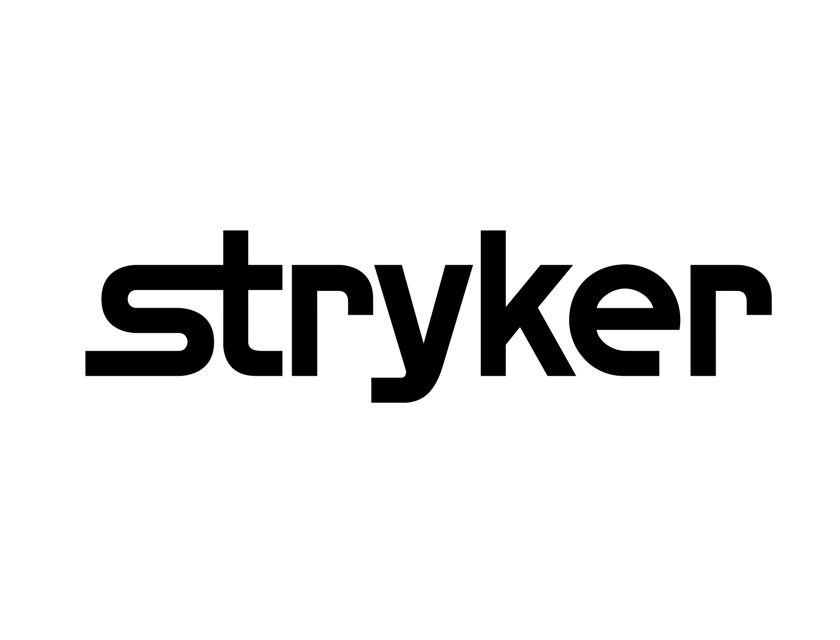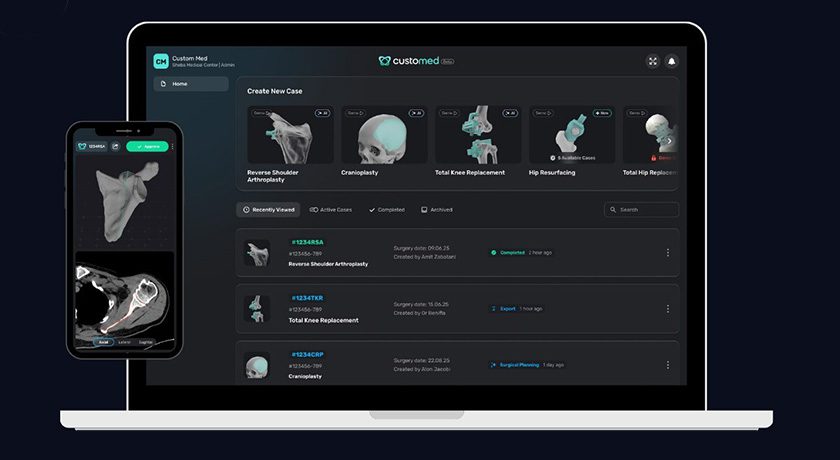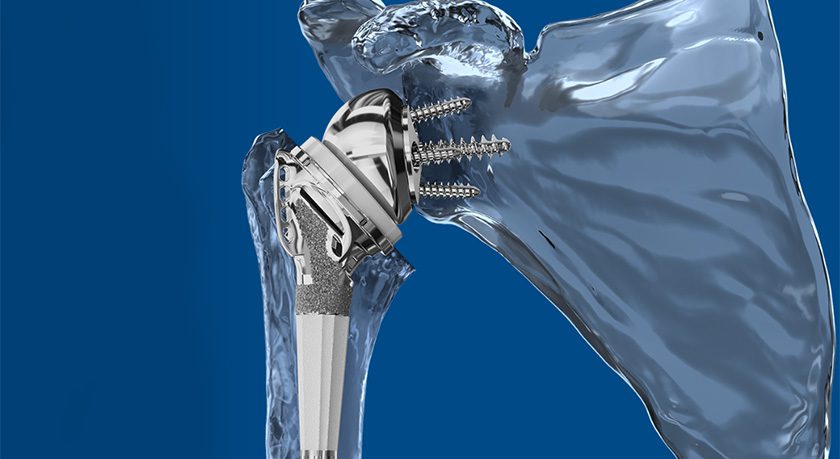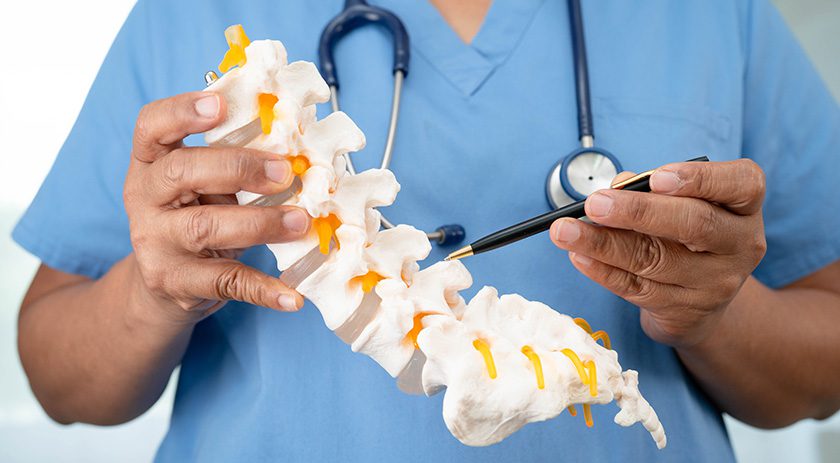

 Copy to clipboard
Copy to clipboard 
The orthopedic market underwent significant change over the past five years. The competitive landscape is altered and it feels like the industry has entered a new phase.
We pulled a few takeaways from our recently released ORTHOPEDIC INDUSTRY ANNUAL REPORT® to illustrate the market’s shift: normalizing procedure demand, the changing basis of competition, shifting M&A trends and current international opportunities.
Normalizing Procedure Demand
Orthopedic procedure demand massively rebounded from COVID in late 2022 and 2023. The market began to normalize in 2024, but still retained significant upside. According to our estimates, global orthopedic sales grew 5% to a total of $62 billion.
While volumes and seasonality have largely returned to normal, there’s a sense among some of the largest orthopedic players that there could be a “new normal” with industry growth accelerating toward the 4% range in the coming years.
“We expected this to be an elevated market based on surgery schedules, aging demographics and great outcomes from orthopedic procedures,” said Stryker CEO Kevin Lobo. “We can’t predict exactly how the market will evolve. But all signs and signals are pointing to this being a new normal, at least for the market growth no longer being low-single but mid-single digit growth.”
There are still short-term hurdles to clear before the market can access that higher level of growth, however. According to our results roundup for the first quarter of 2025, the public companies we cover grew less than 3%.
Changing Basis of Competition
Stryker changed the paradigm of joint replacement with its Mako robotic system. The technology race between Medtronic and Globus Medical did the same thing in spine. Whatever else may be true of technology in orthopedics, it is having a profound effect on the competitive dynamics at the top of the joint replacement and spine markets.
“The basis of competition in the spine market is rapidly changing,” said Medtronic CEO Geoffrey Martha. “We’re causing this disruption with our arsenal of differentiated enabling technology, including AI-driven preop planning software, imaging, robotics, navigation, and powered surgical instruments. Surgeons have to make a choice, and they’re standardizing with the company that can offer them this full complement of innovative technologies.”
It is becoming more difficult to compete near the top of the market as an implant-only company or to “merely” have a robot. Companies are seeking to create expansive technology ecosystems with significant optionality to lure surgeon users.
Zimmer Biomet has been an early champion of optionality with its THINK Surgical partnership, acquisition of OrthoGrid and a bevy of new ROSA applications.
We expect the gravitational pull of enabling technology to drive strategy decisions and M&A moves for orthopedics’ largest companies going forward.
Shifting M&A Trends
While spine assets remain the most popular for orthopedic M&A, the gap has closed significantly over the last four years.
Of the 156 orthopedic mergers and acquisitions we tracked from 2017 through 2020, 31% of them were spine related. The next highest segment was trauma, with 19%, as it benefitted from the consolidation of the foot and ankle space.
Over the next four years, from 2021 to 2024, total deal volume fell almost 30% to a total of 110. Spine accounted for 23% of those transactions, while trauma, joint replacement and sports medicine all declined slightly.
However, both orthobiologics and digital assets saw significantly increased demand. Orthobiologics jumped from 9% of transactions to 20%, while digital accelerated from 12% to 19% of all transactions.
As growth and consolidation level off in joint replacement and spine, we expect companies to increasingly look for faster-growing adjacencies, expand their international reach and seek opportunities outside of orthopedics.
Mixed International Opportunities
China will remain a headwind in 2025 and beyond. Additional VBP tenders on sports medicine products will take place this year, and foreign companies have struggled to realize an upside in off-tender implant volumes, with most sales going to domestic Chinese companies.
The European Union’s Medical Device Regulation (MDR) remains a significant expense and regulatory hurdle for companies selling in that market. While there are signs that MDR will undergo changes and become more reasonable, consultants continue to caution clients about entering the market right now.
Despite all of that, companies like Enovis and J&J MedTech are seeing significant international growth.
Enovis greatly expanded its global footprint with the acquisitions of Mathys and LimaCorporate. More than half of Envois’ $1 billion recon business comes from international sales now, with more upside remaining from cross-selling across its brands.
Johnson & Johnson MedTech’s knee replacement sales fared much better in 2024 than in recent years due, in part, to the international reception of the VELYS platform. VELYS is now in 30 countries and has amassed more than 110,000 procedures.
So far, 2025 feels a bit like a transition year for the orthopedic market. Volume and seasonality are coming back to baseline, but we can already see the impact of the forces that could drive the market into mid-single-digit growth over the coming years.
The orthopedic market underwent significant change over the past five years. The competitive landscape is altered and it feels like the industry has entered a new phase.
We pulled a few takeaways from our recently released ORTHOPEDIC INDUSTRY ANNUAL REPORT® to illustrate the market’s shift: normalizing procedure demand, the...
The orthopedic market underwent significant change over the past five years. The competitive landscape is altered and it feels like the industry has entered a new phase.
We pulled a few takeaways from our recently released ORTHOPEDIC INDUSTRY ANNUAL REPORT® to illustrate the market’s shift: normalizing procedure demand, the changing basis of competition, shifting M&A trends and current international opportunities.
Normalizing Procedure Demand
Orthopedic procedure demand massively rebounded from COVID in late 2022 and 2023. The market began to normalize in 2024, but still retained significant upside. According to our estimates, global orthopedic sales grew 5% to a total of $62 billion.
While volumes and seasonality have largely returned to normal, there’s a sense among some of the largest orthopedic players that there could be a “new normal” with industry growth accelerating toward the 4% range in the coming years.
“We expected this to be an elevated market based on surgery schedules, aging demographics and great outcomes from orthopedic procedures,” said Stryker CEO Kevin Lobo. “We can’t predict exactly how the market will evolve. But all signs and signals are pointing to this being a new normal, at least for the market growth no longer being low-single but mid-single digit growth.”
There are still short-term hurdles to clear before the market can access that higher level of growth, however. According to our results roundup for the first quarter of 2025, the public companies we cover grew less than 3%.
Changing Basis of Competition
Stryker changed the paradigm of joint replacement with its Mako robotic system. The technology race between Medtronic and Globus Medical did the same thing in spine. Whatever else may be true of technology in orthopedics, it is having a profound effect on the competitive dynamics at the top of the joint replacement and spine markets.
“The basis of competition in the spine market is rapidly changing,” said Medtronic CEO Geoffrey Martha. “We’re causing this disruption with our arsenal of differentiated enabling technology, including AI-driven preop planning software, imaging, robotics, navigation, and powered surgical instruments. Surgeons have to make a choice, and they’re standardizing with the company that can offer them this full complement of innovative technologies.”
It is becoming more difficult to compete near the top of the market as an implant-only company or to “merely” have a robot. Companies are seeking to create expansive technology ecosystems with significant optionality to lure surgeon users.
Zimmer Biomet has been an early champion of optionality with its THINK Surgical partnership, acquisition of OrthoGrid and a bevy of new ROSA applications.
We expect the gravitational pull of enabling technology to drive strategy decisions and M&A moves for orthopedics’ largest companies going forward.
Shifting M&A Trends
While spine assets remain the most popular for orthopedic M&A, the gap has closed significantly over the last four years.
Of the 156 orthopedic mergers and acquisitions we tracked from 2017 through 2020, 31% of them were spine related. The next highest segment was trauma, with 19%, as it benefitted from the consolidation of the foot and ankle space.
Over the next four years, from 2021 to 2024, total deal volume fell almost 30% to a total of 110. Spine accounted for 23% of those transactions, while trauma, joint replacement and sports medicine all declined slightly.
However, both orthobiologics and digital assets saw significantly increased demand. Orthobiologics jumped from 9% of transactions to 20%, while digital accelerated from 12% to 19% of all transactions.
As growth and consolidation level off in joint replacement and spine, we expect companies to increasingly look for faster-growing adjacencies, expand their international reach and seek opportunities outside of orthopedics.
Mixed International Opportunities
China will remain a headwind in 2025 and beyond. Additional VBP tenders on sports medicine products will take place this year, and foreign companies have struggled to realize an upside in off-tender implant volumes, with most sales going to domestic Chinese companies.
The European Union’s Medical Device Regulation (MDR) remains a significant expense and regulatory hurdle for companies selling in that market. While there are signs that MDR will undergo changes and become more reasonable, consultants continue to caution clients about entering the market right now.
Despite all of that, companies like Enovis and J&J MedTech are seeing significant international growth.
Enovis greatly expanded its global footprint with the acquisitions of Mathys and LimaCorporate. More than half of Envois’ $1 billion recon business comes from international sales now, with more upside remaining from cross-selling across its brands.
Johnson & Johnson MedTech’s knee replacement sales fared much better in 2024 than in recent years due, in part, to the international reception of the VELYS platform. VELYS is now in 30 countries and has amassed more than 110,000 procedures.
So far, 2025 feels a bit like a transition year for the orthopedic market. Volume and seasonality are coming back to baseline, but we can already see the impact of the forces that could drive the market into mid-single-digit growth over the coming years.

You’ve reached your limit.
We’re glad you’re finding value in our content — and we’d love for you to keep going.
Subscribe now for unlimited access to orthopedic business intelligence.
ME
Mike Evers is a Senior Market Analyst and writer with over 15 years of experience in the medical industry, spanning cardiac rhythm management, ER coding and billing, and orthopedics. He joined ORTHOWORLD in 2018, where he provides market analysis and editorial coverage.







